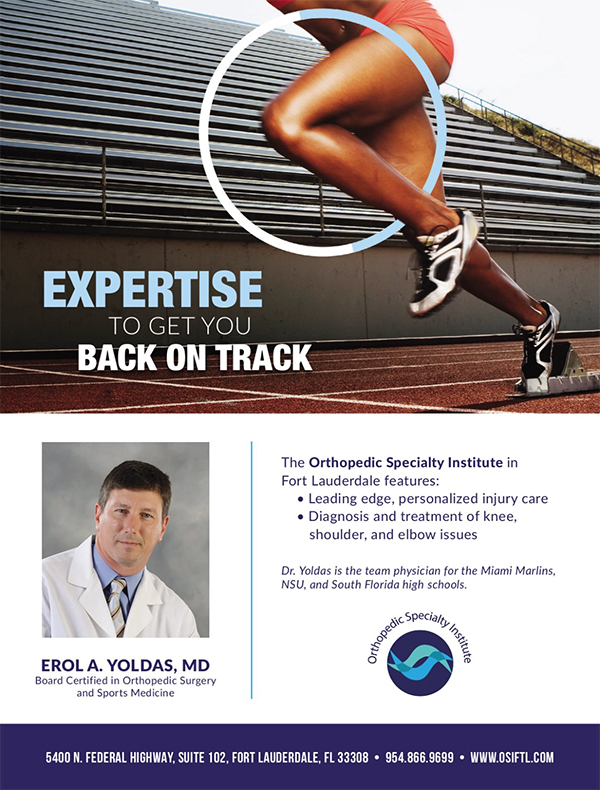
The anterior cruciate ligament (ACL) is one of the main stabilizers of the knee. In the previous article, the basic anatomy of the ACL and injuries to it were described. Playing sports on an unstable knee can lead to further injury. Therefore, a young athlete with an unstable knee will generally be recommended for surgery to achieve a more optimum outcome. Many different surgeries have been used to treat an ACL injured knee. Techniques have evolved and knowledge has been gained as orthopedists study the knee and the results of surgery.

